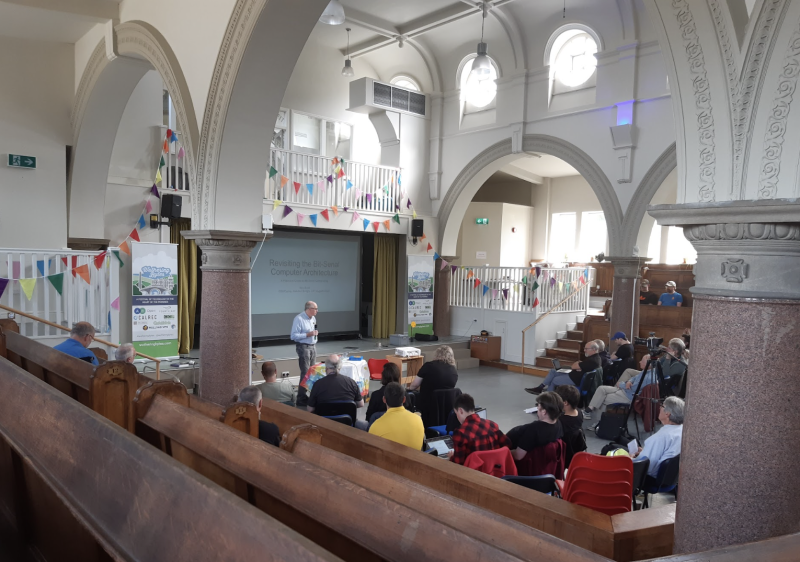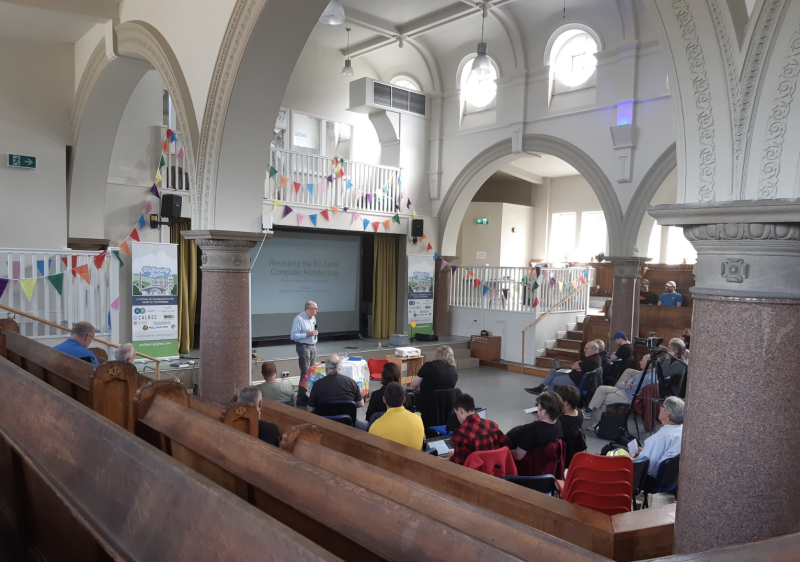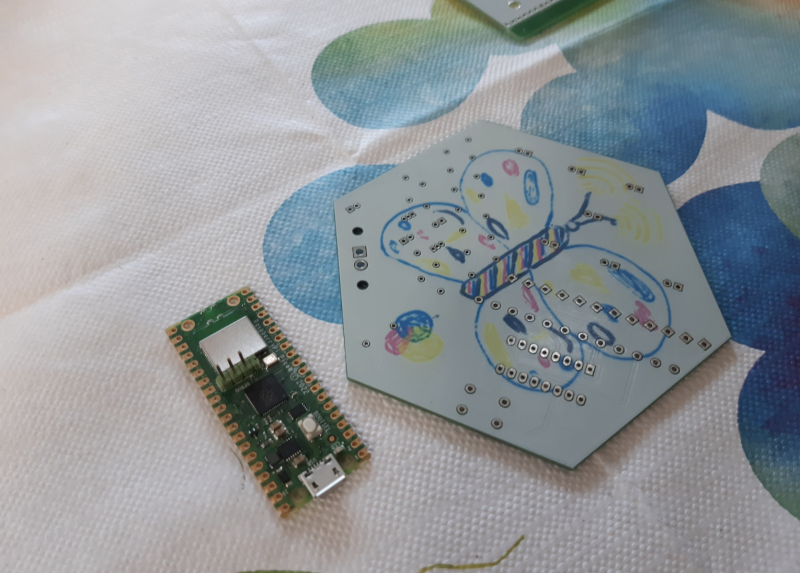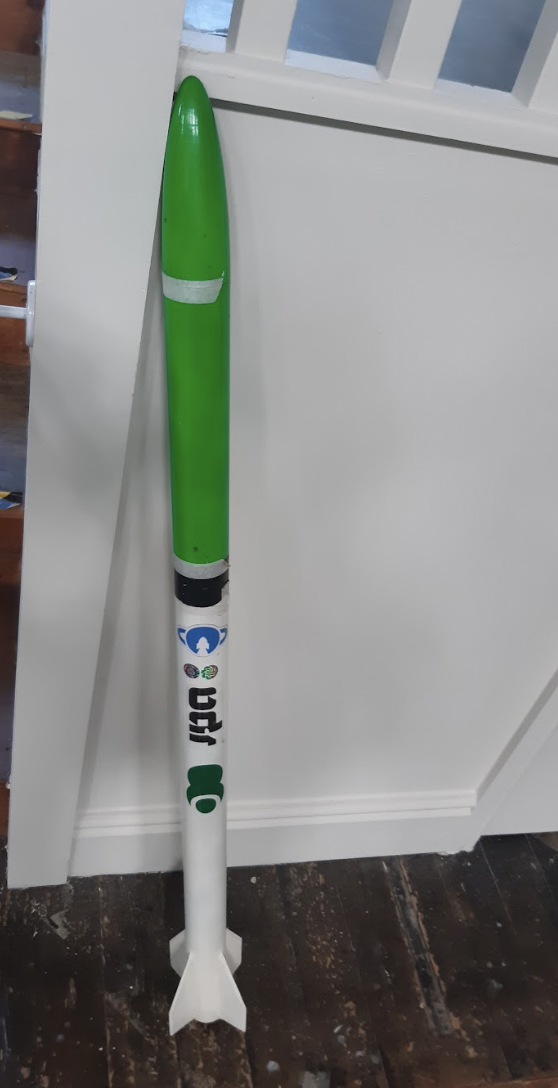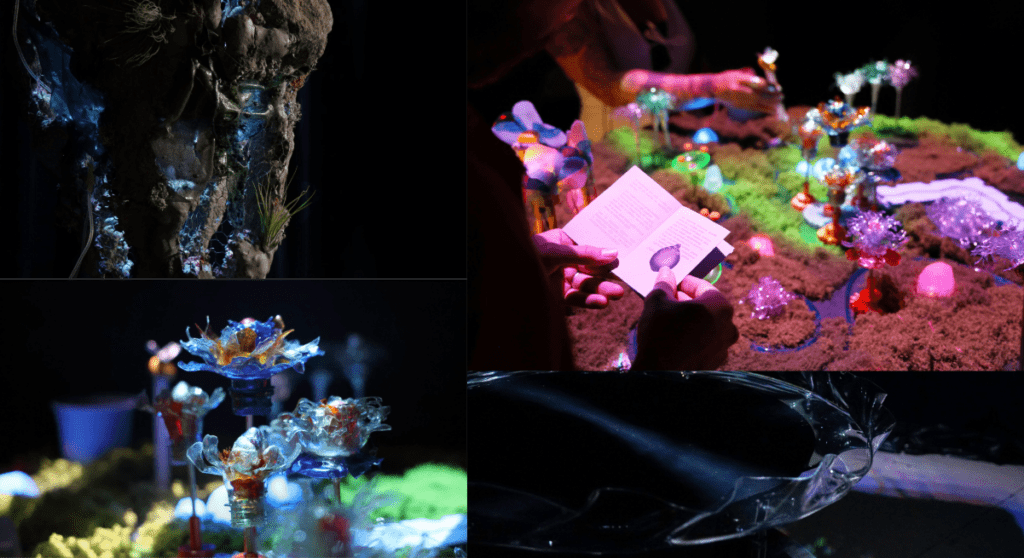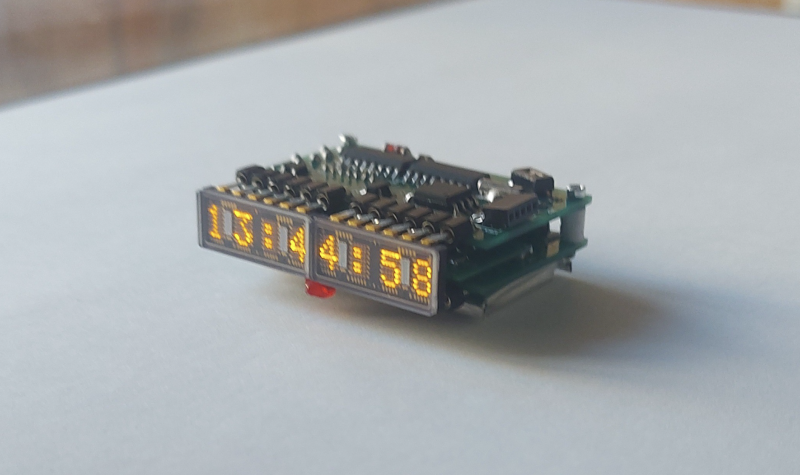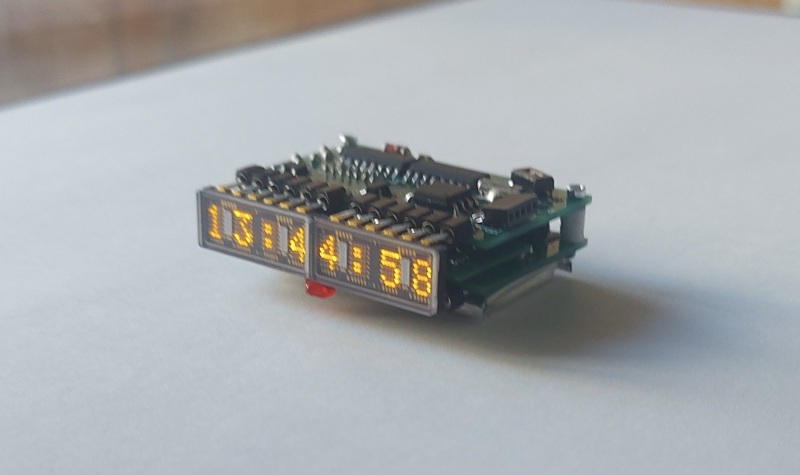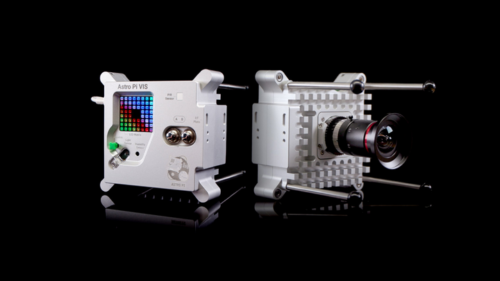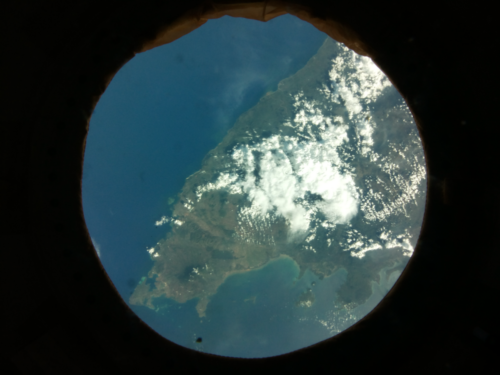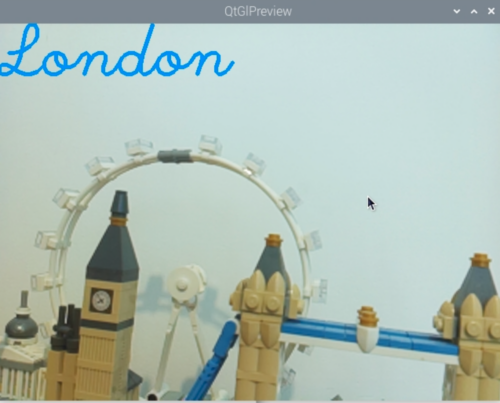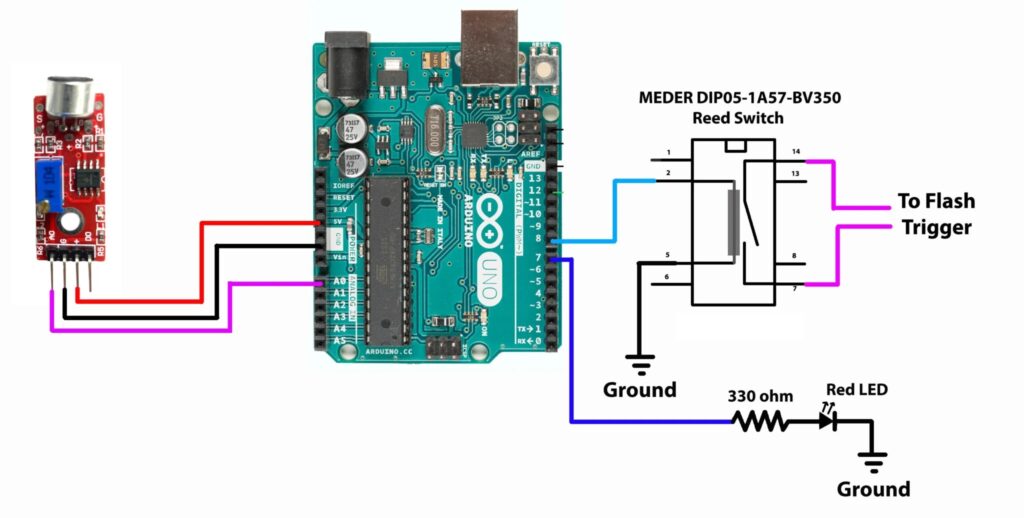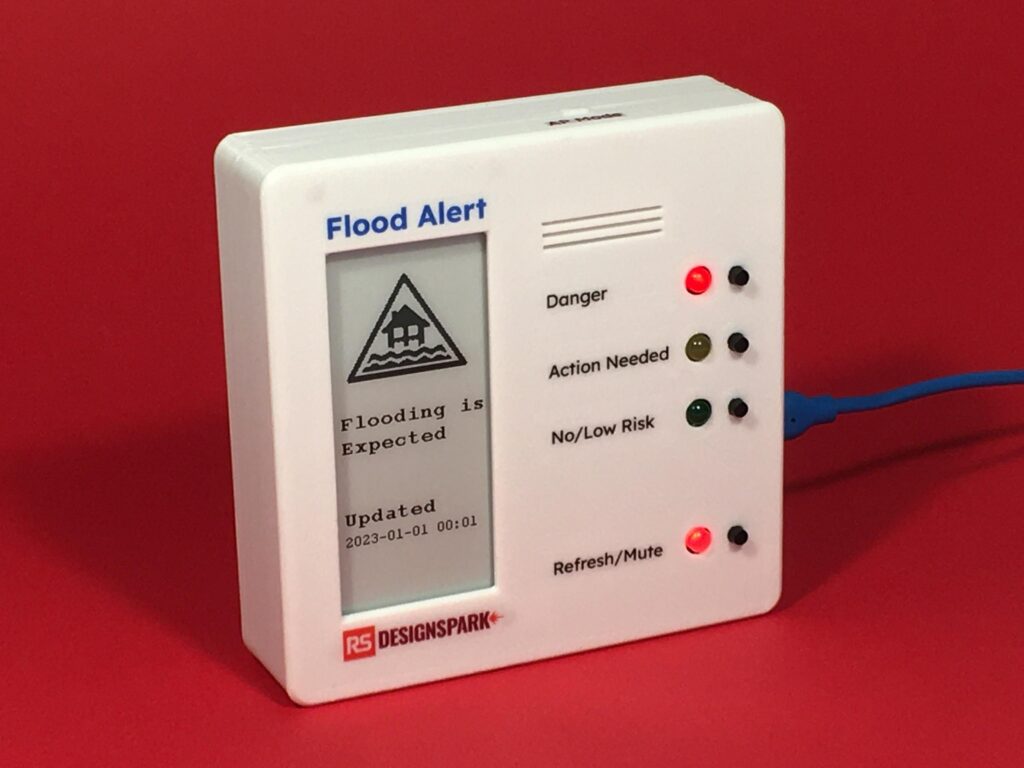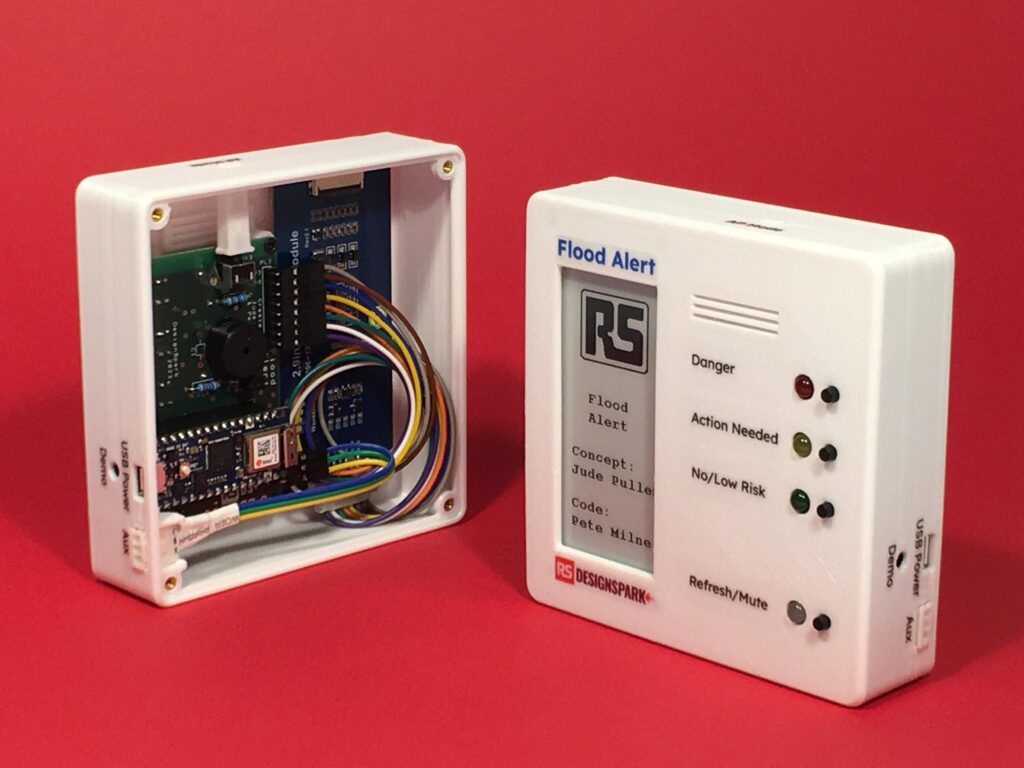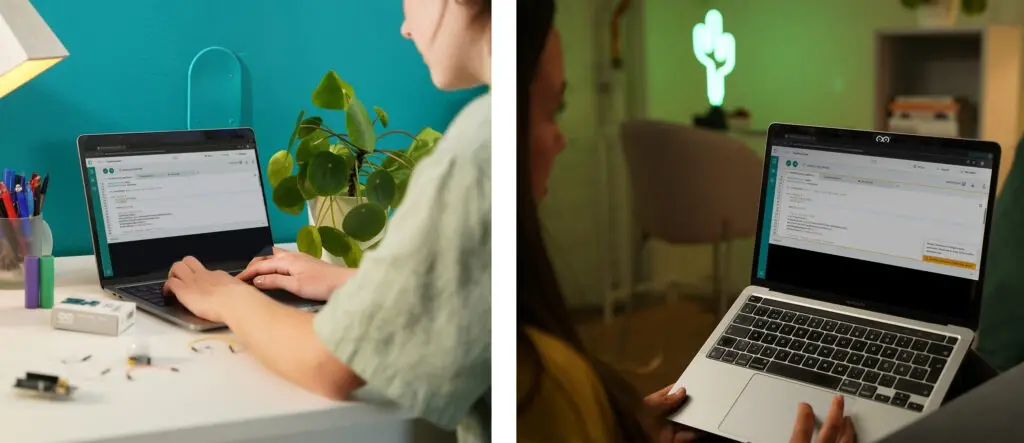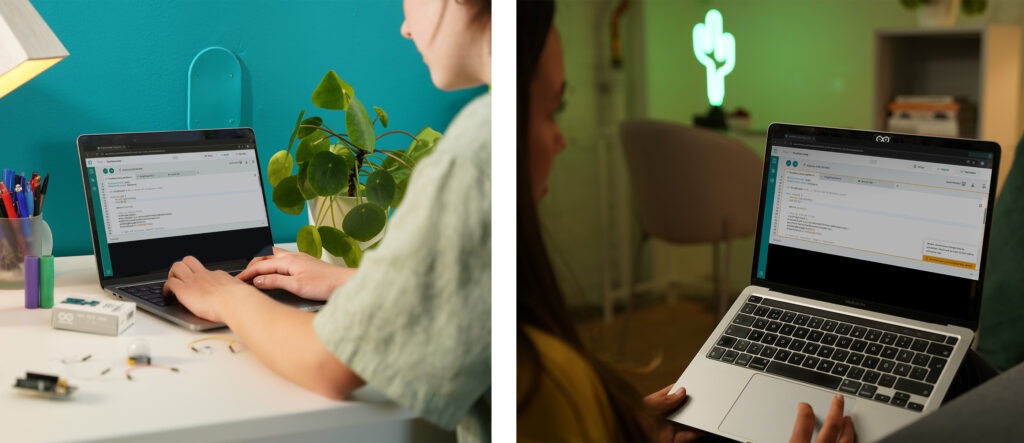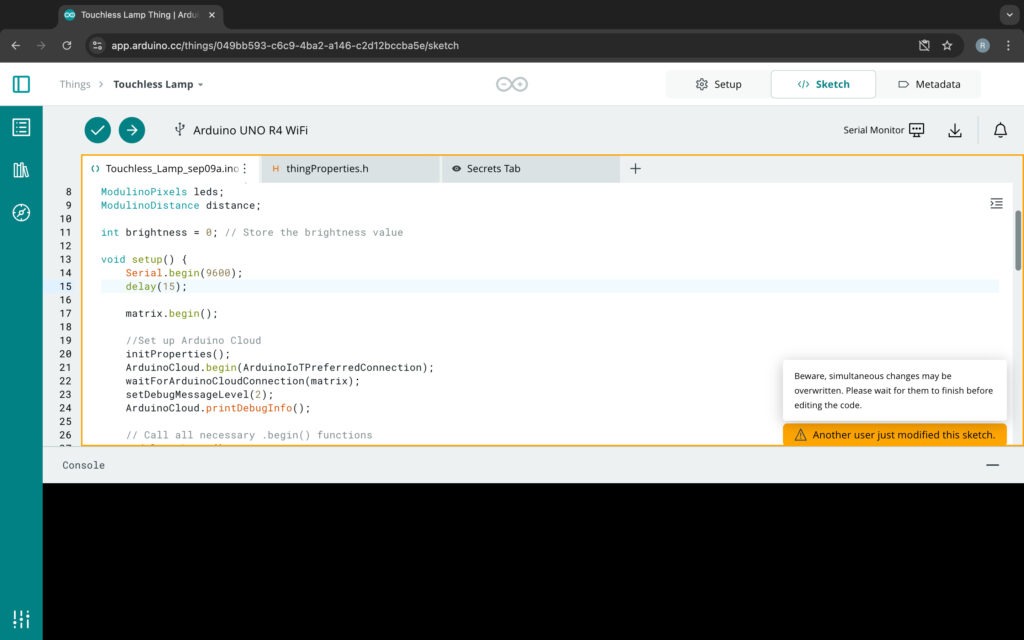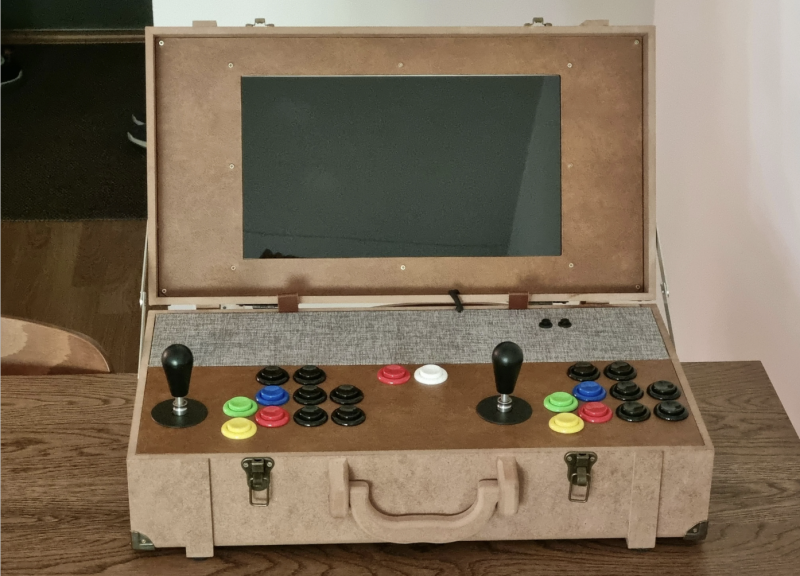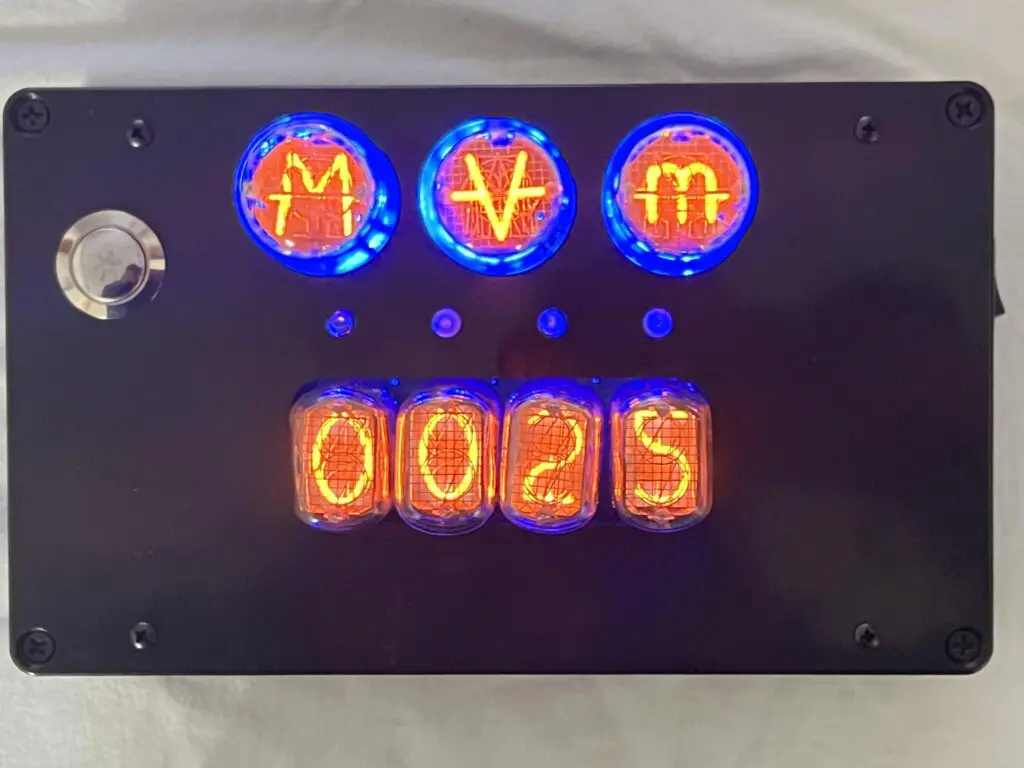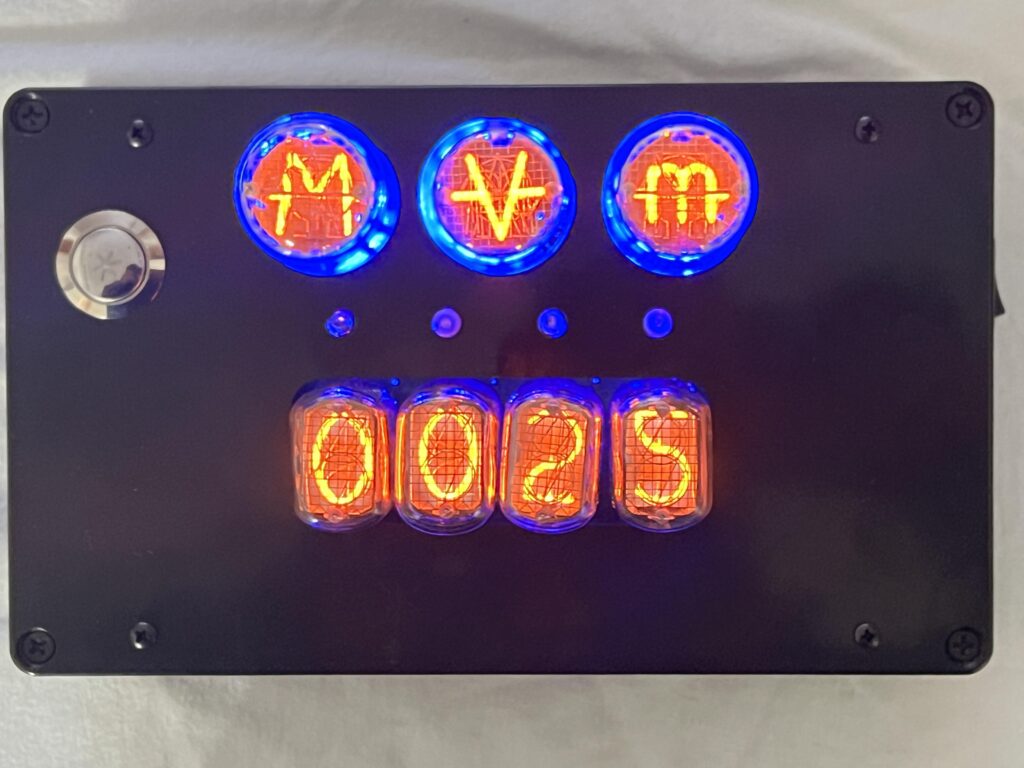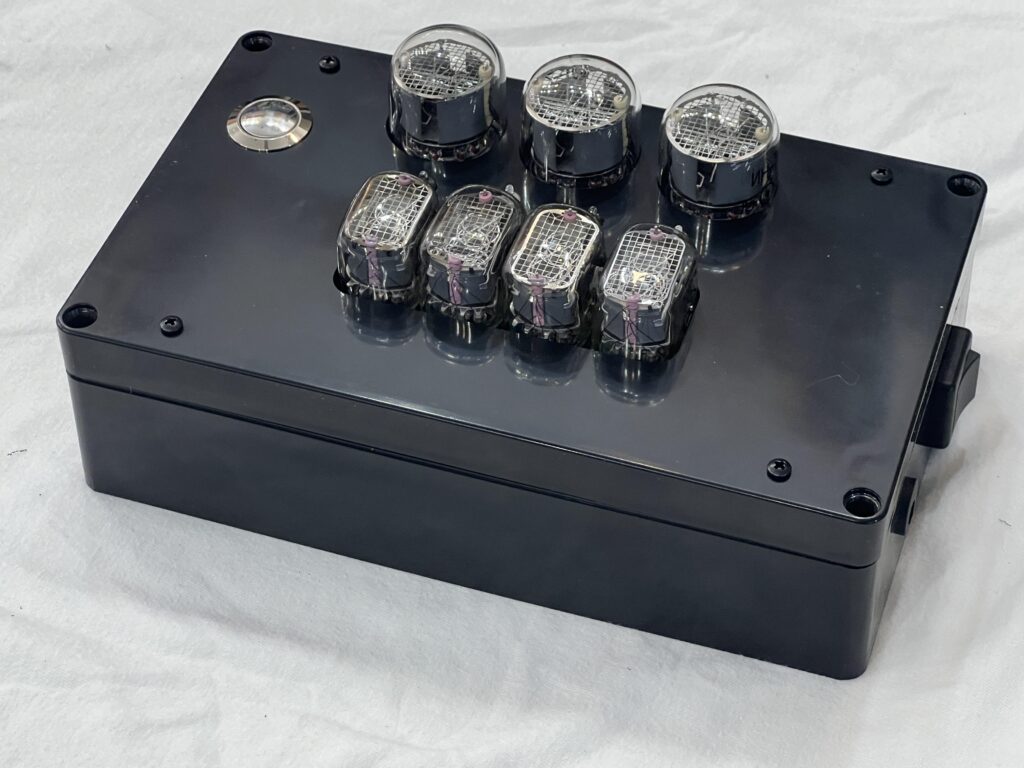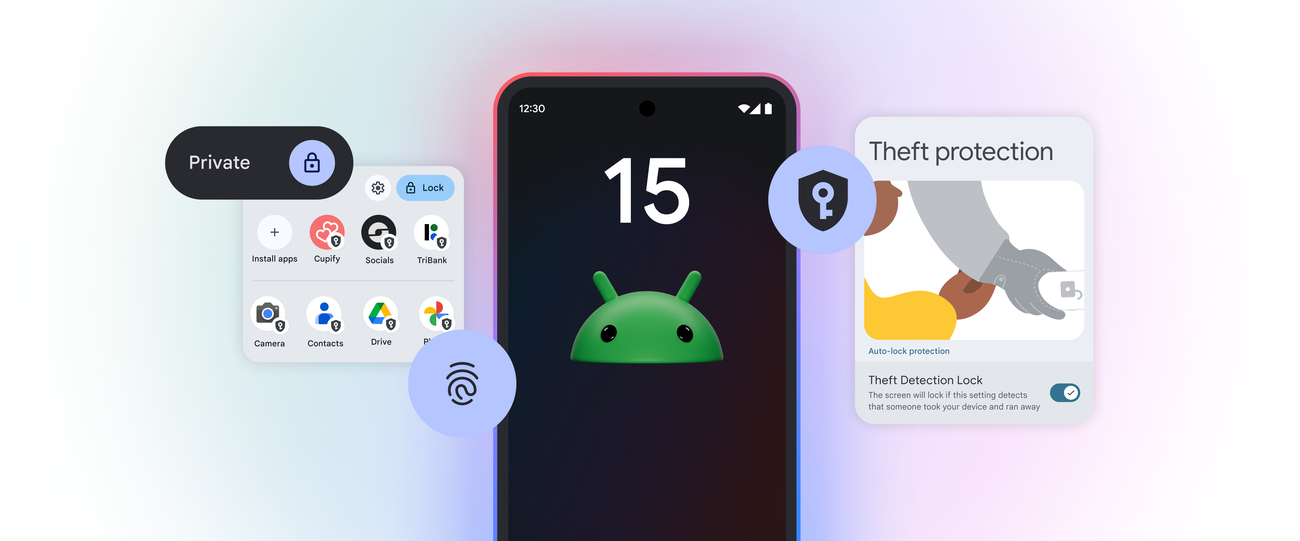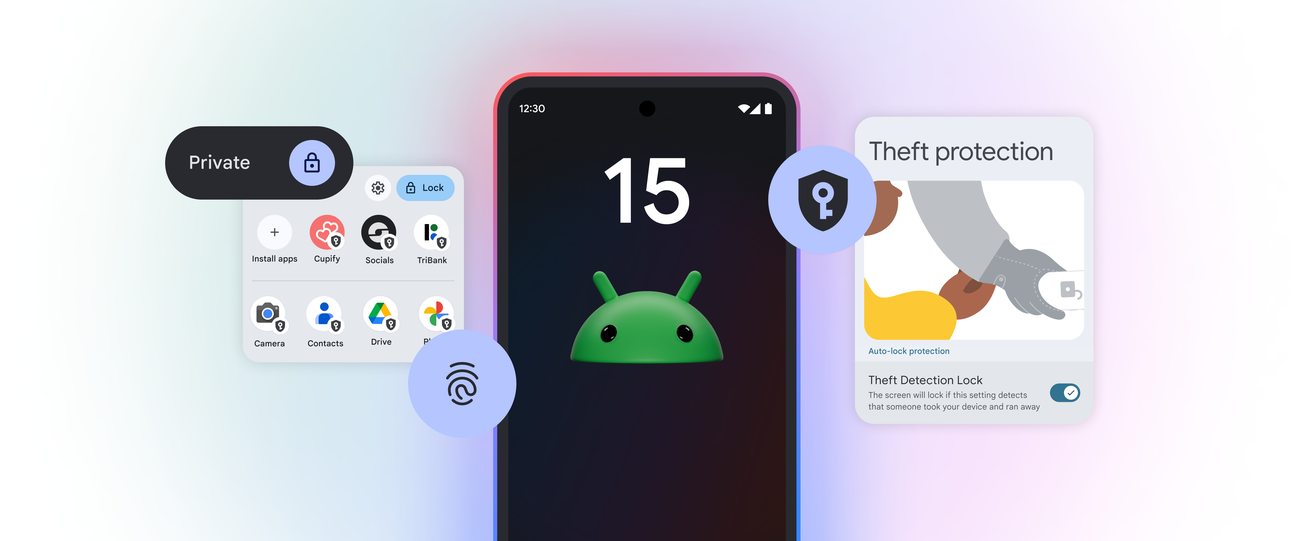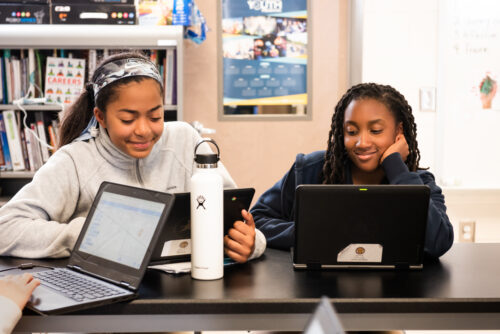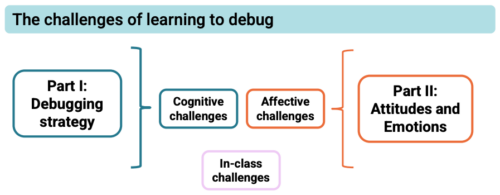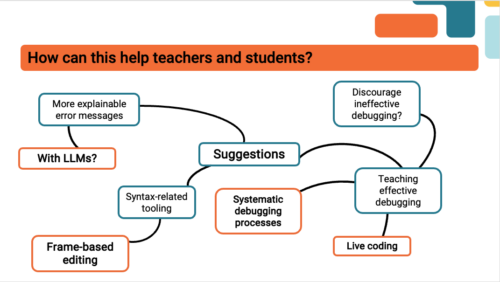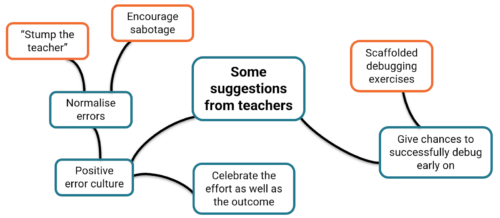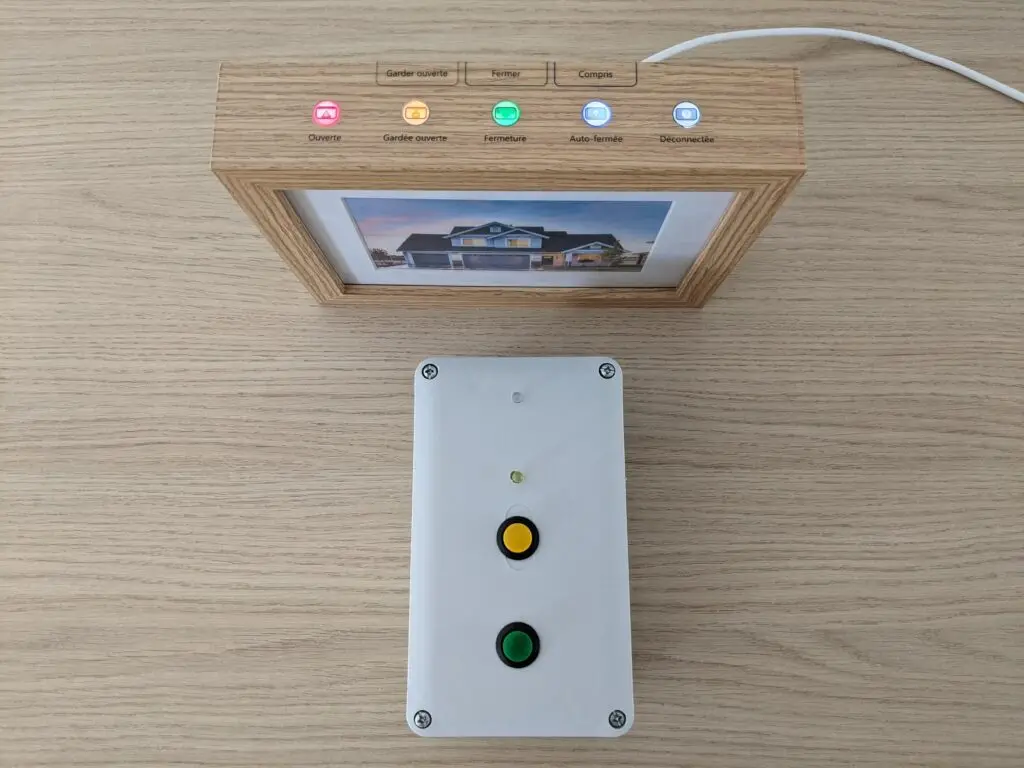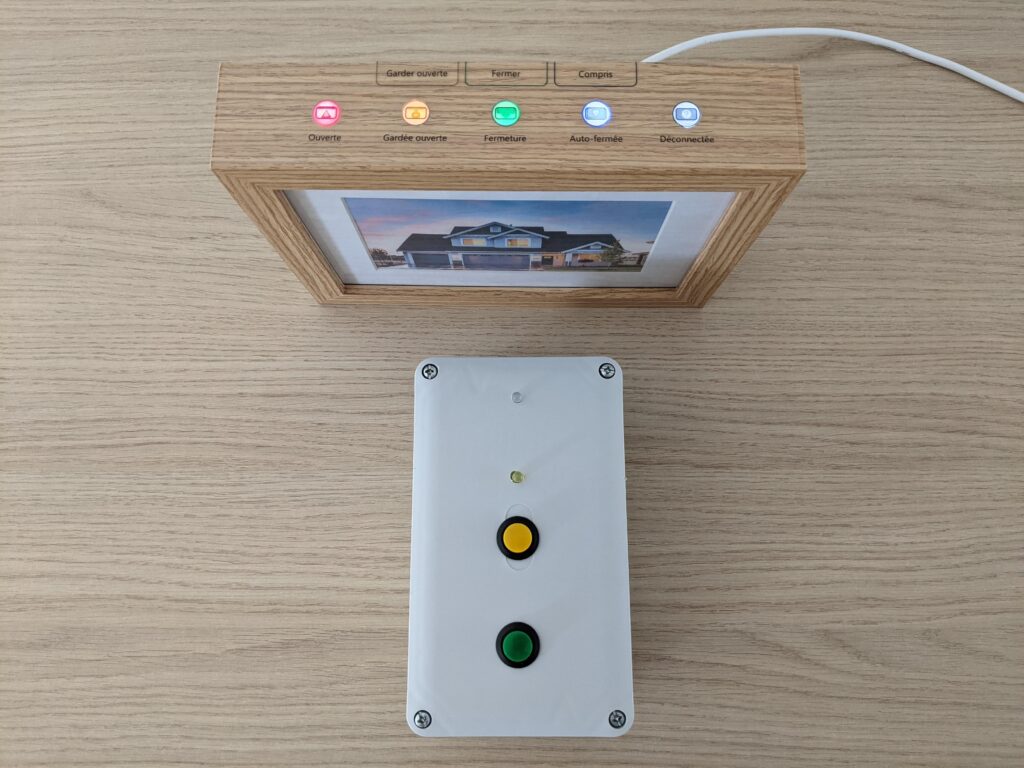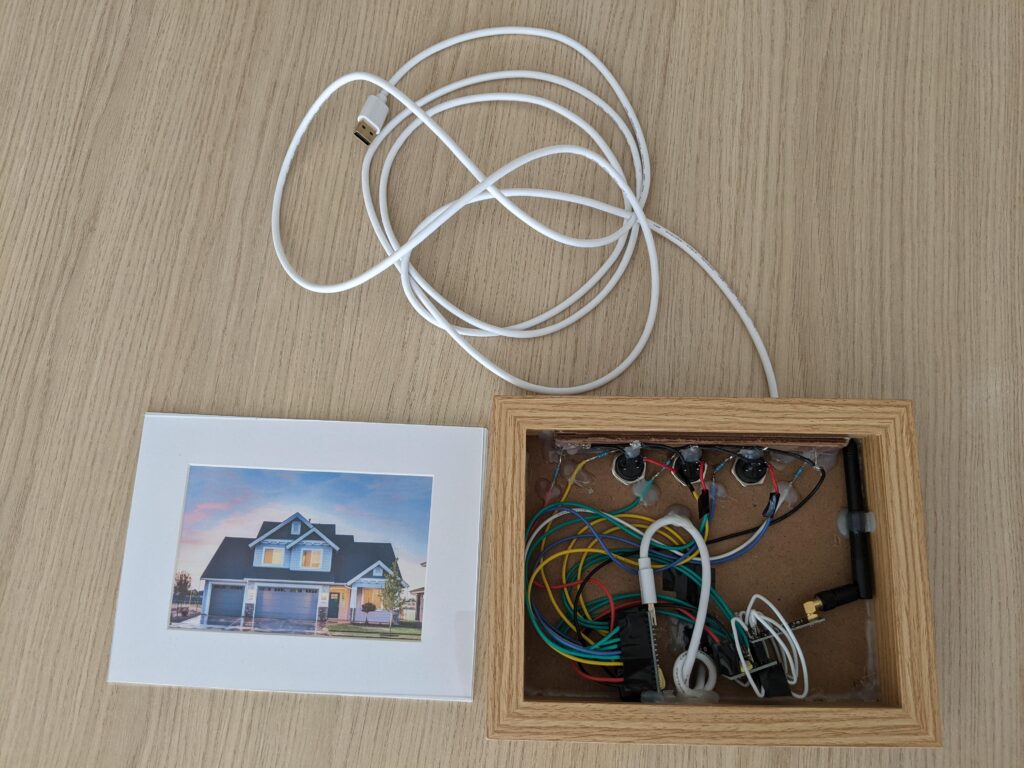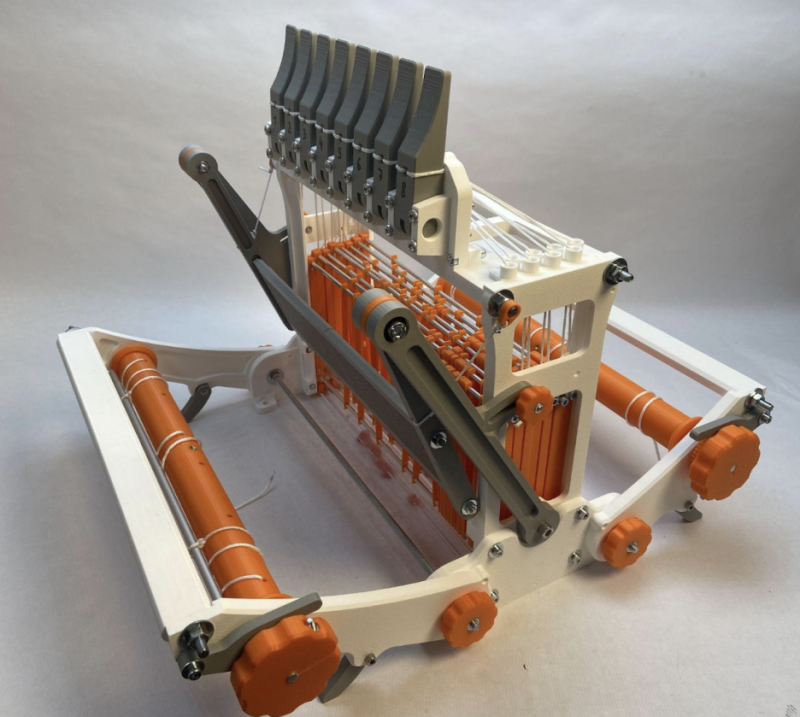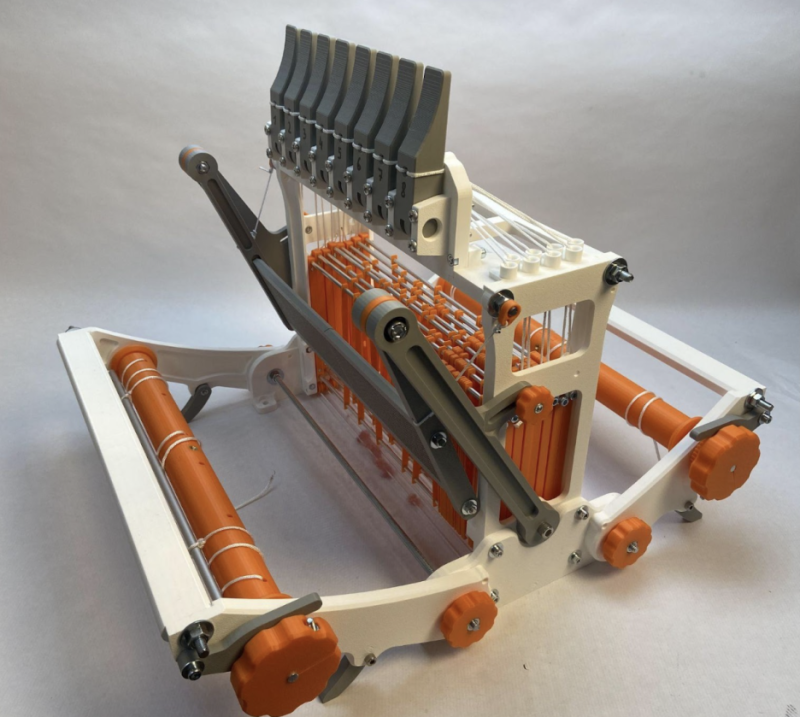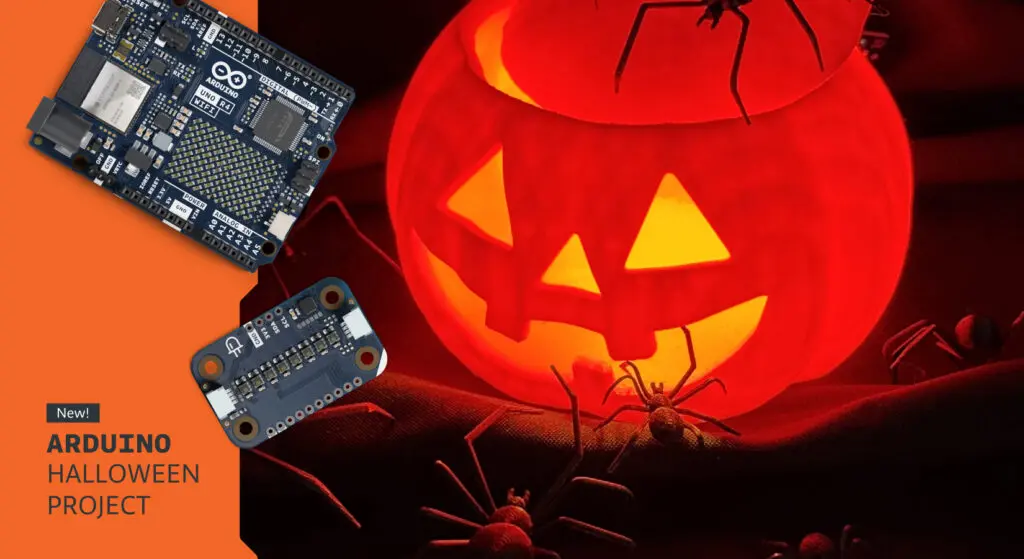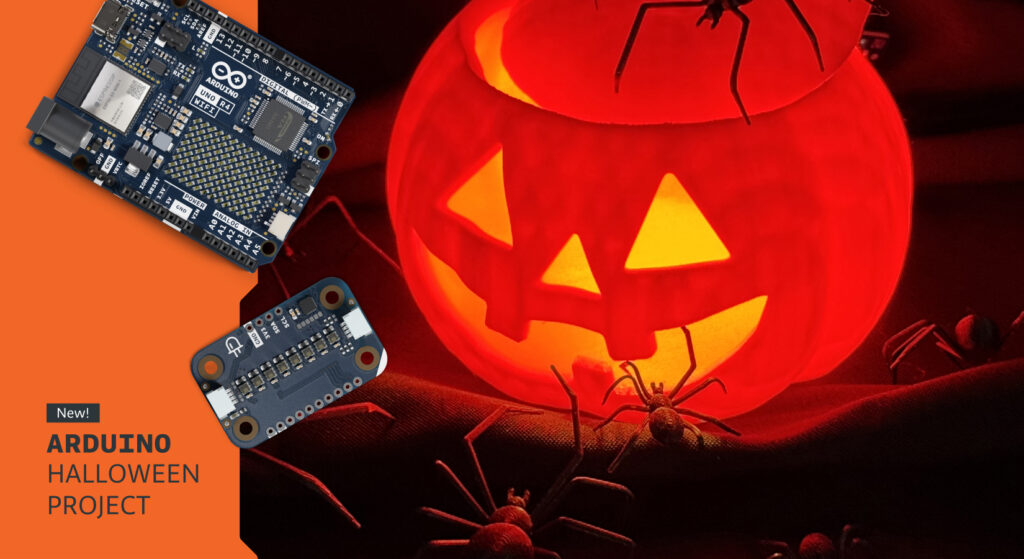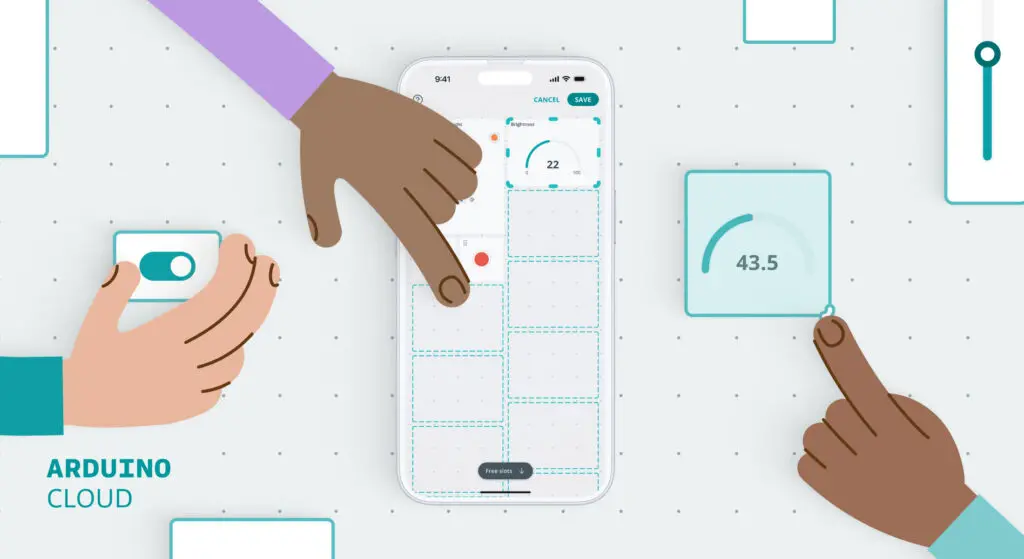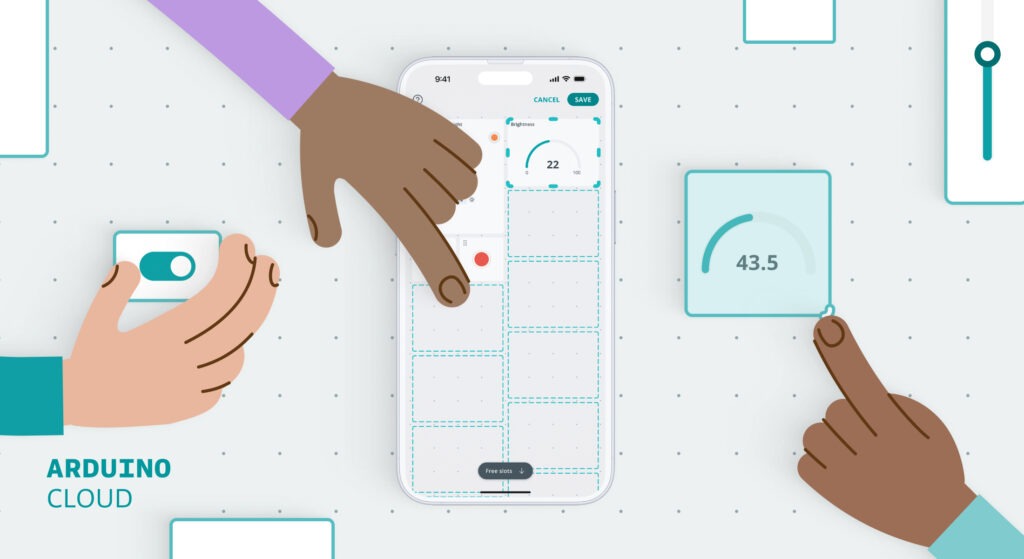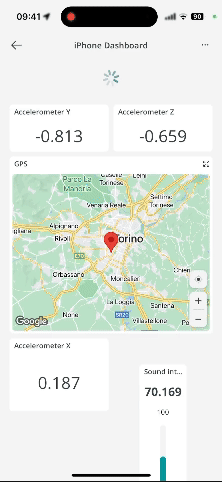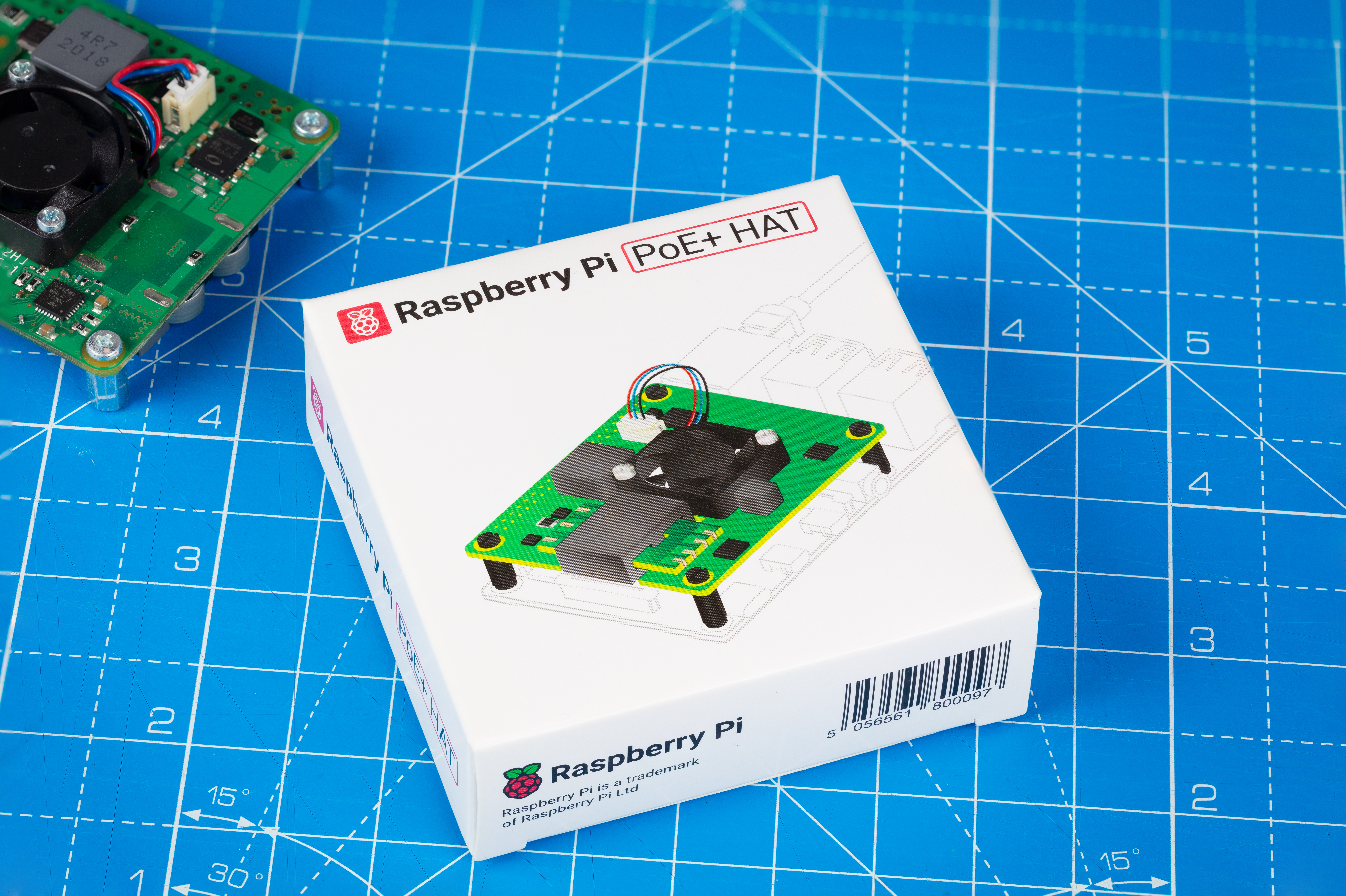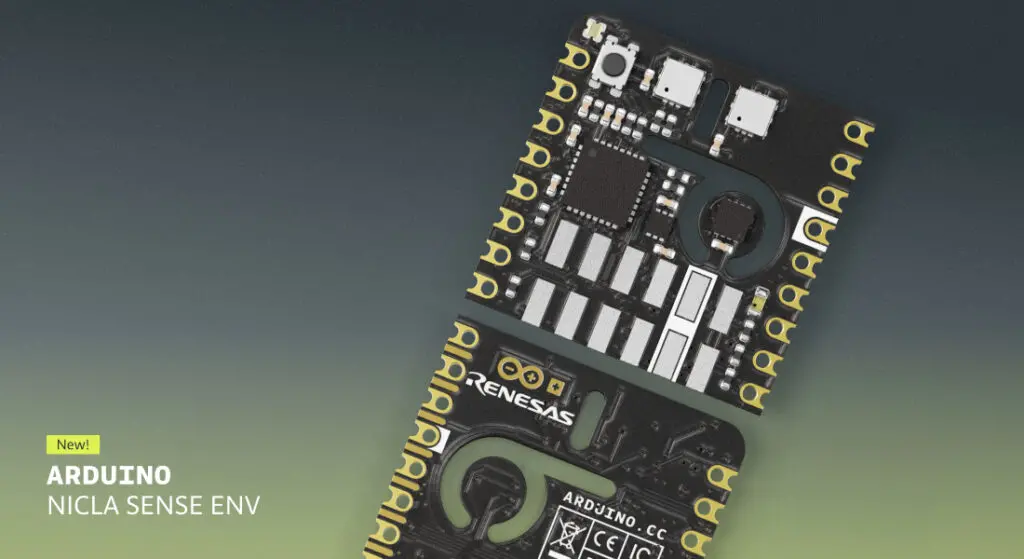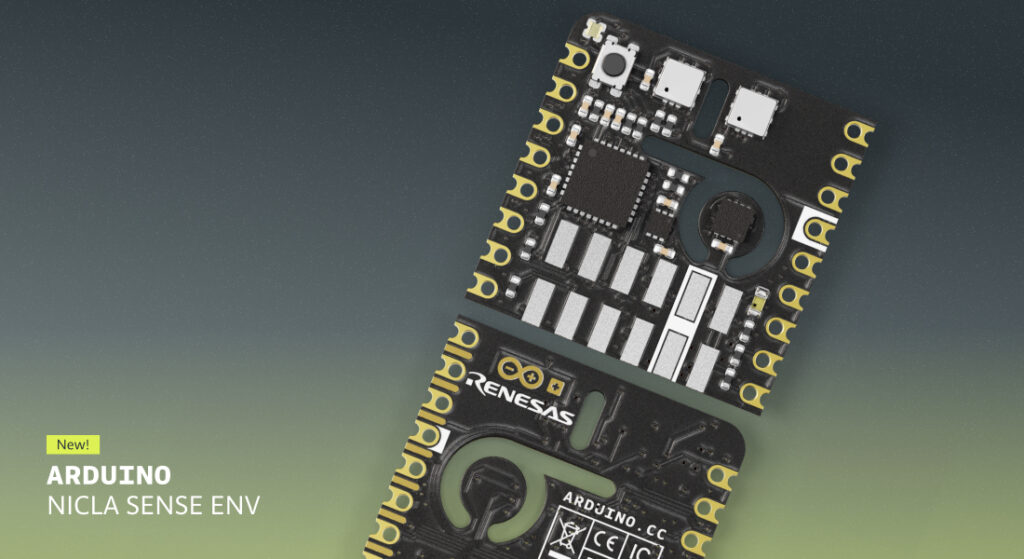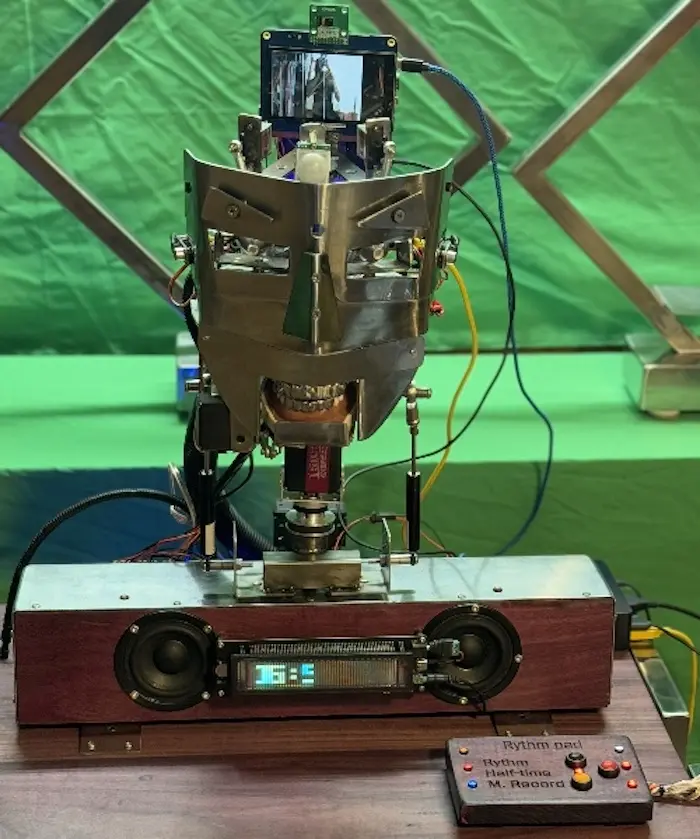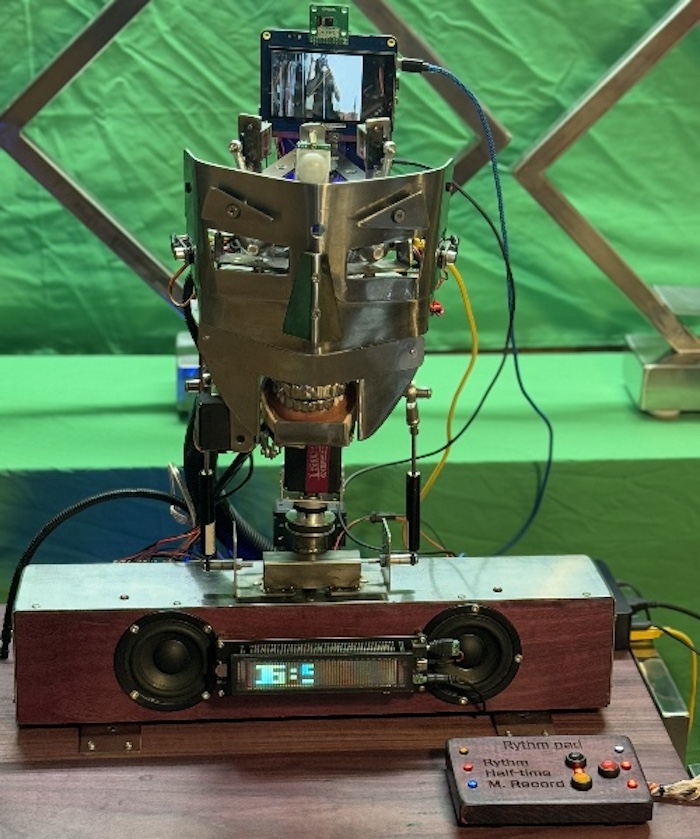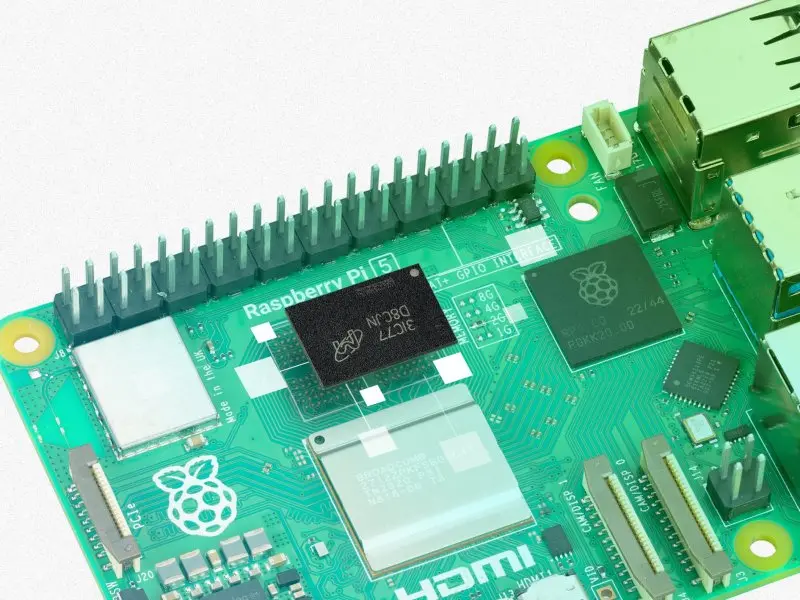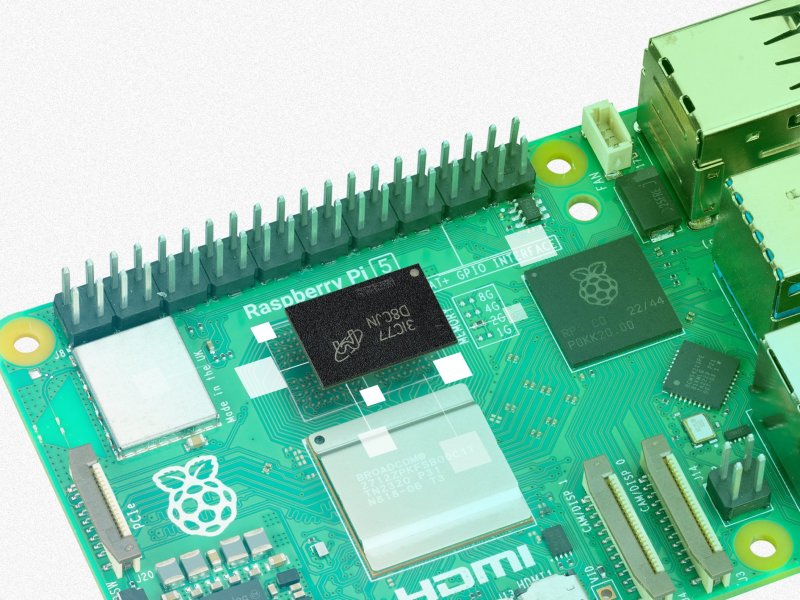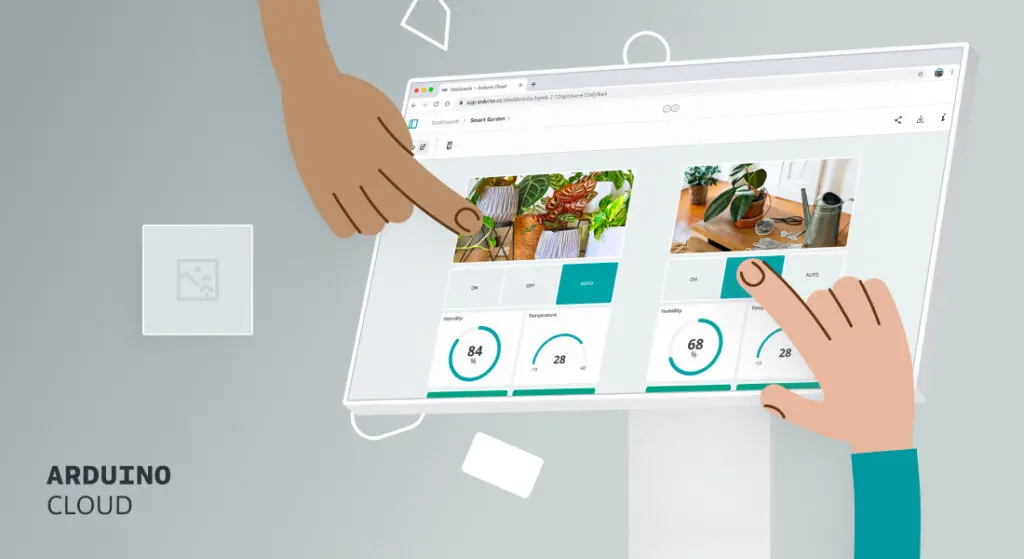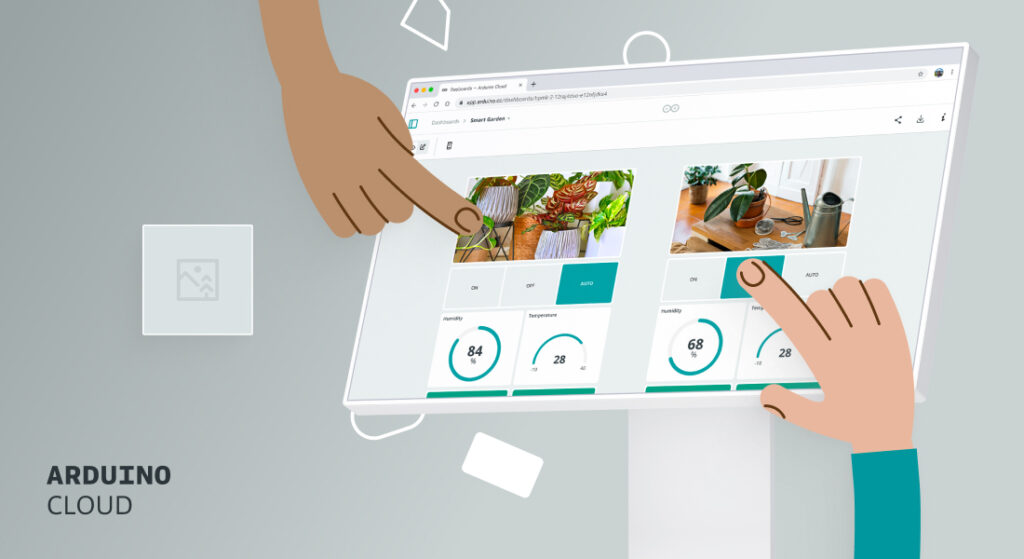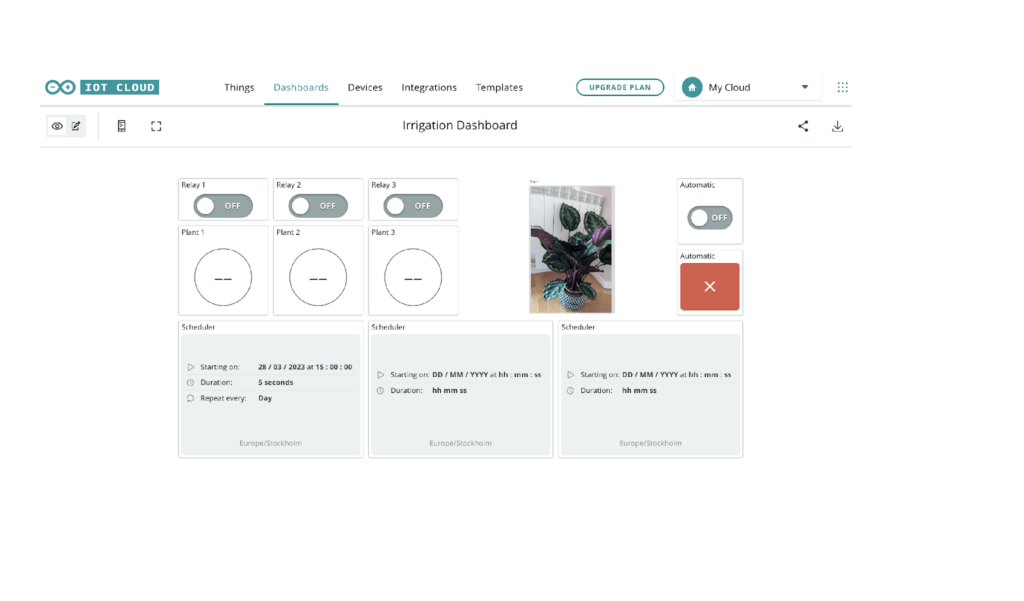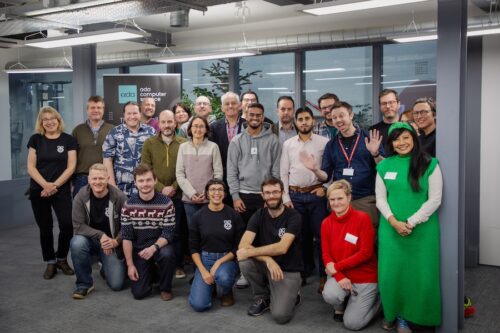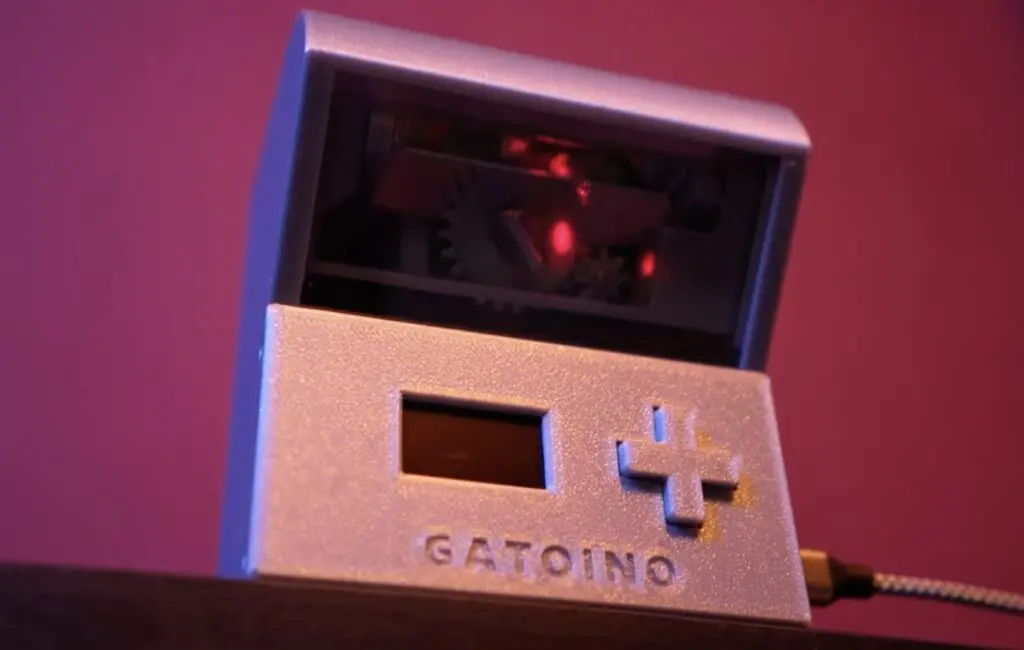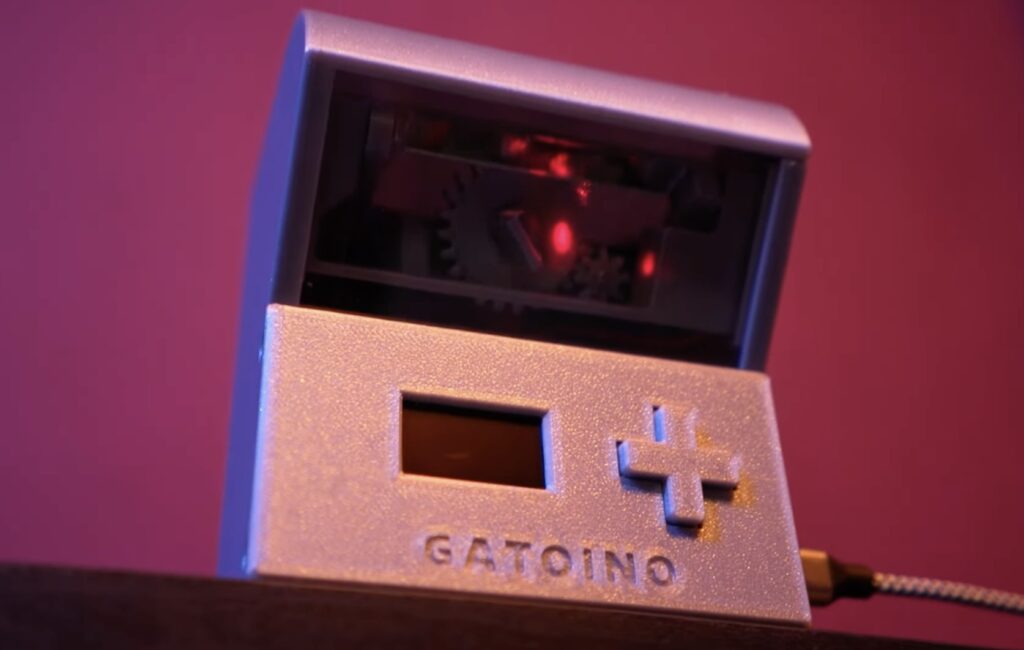Friday kicked off with a talk on Dina St Johnston, founder of the UK’s first independent software company, which she started in 1959. After that came computing with human-worn sensors; mainframes; human creativity in the age of AI; and a look at Raftabar the robot, which uses facial recognition (and two Raspberry Pi boards) to attempt to engage humans in conversation. The day also featured an exploration of modular synthesis by musician Loula Yorke; how to poke holes in things with prototypes; and a look at the work being done by Open Innovations, an organisation that’s applying open data to policy recommendations in the north of England.
Saturday was the start of Open Source Hardware Camp, and featured a brilliant range of projects. Hackspace contributor Jo Hinchliffe gave a talk on open-source rocketry and the tools he uses to build flying machines, with particular reference to open source design software KiCAD. Omer Kilic and Stuart Childs taught us how to go from 10 units to 10,000 with their Adventures in Manufacturing talk. As DIY electronics enthusiasts we often wonder if we could invent the Next Big Thing, and this talk explored “the strange space between engineers, product owners and factories – setting up production lines and working with a variety of suppliers, from prototypes to mass production”.
There was plenty for fans of vintage computing: Tony Abbey is part of the team that rebuilt the EDSAC computer at the National Museum of Computing in Bletchley, and he was there to tell us all about that project. EDSAC was one of the first general-purpose computers, built in 1949, and even though the clunking electromechanical technology of those days has been far superseded by microcontrollers that you can buy for pennies, the lessons learned by rebuilding an early computer are well worth a look.
Andy Bennett shared his steampunk sunflower (left), which taught us that getting organic shapes to fit on PCBs isn’t quite as easy as it looks. He’s influenced by the work of Mohit Bhoite and Jiri Praus, both wonderful makers who have documented their build process to produce stunning open circuit sculptures. In the next talk, Roger Light explained how he built a digital camera sensor, spending £50,000 to make a device capable of capturing images at a resolution of 256×256 pixels.
Our favourite talk, and one which really encapsulates the brilliance of the one hardware movement, was by Spencer Owen. In 2013, Spencer built a clone of a Z80 computer on a breadboard, which went on to become the RC2014 kit computer. His talk this year was on dye sublimation printing onto PCBs. He’s worked out that with the same hardware you might use to print on to mugs and T-shirts, you can print on to the silkscreen layer of a PCB, opening up all sorts of colours and designs. Our favourite bit of Spencer’s talk is that he used the process to make a computer with rainbow PCBs, which he sold to raise money for LGBT charities; our second favourite bit of the talk is that, as JLCPCB now offers full-colour silkscreens, he wouldn’t have bothered with sublimation printing if he were starting today, but he did it anyway.
That’s something we love about open source hardware – very often, the point isn’t that you can do it better, or cheaper, but that you’ve done it for yourself. And we love it that events like this keep happening, where we share the knowledge and enthusiasm that keeps communities thriving.
